From the moment that Dodge took the wraps off the first Viper concept at the 1989 North American International Auto Show, it was clear that cross-town rivals at Chevrolet had their work cut out for them.
As much an engineering exercise as it was a shot across the bow to all other sports car makers, development of the Viper brought together the efforts of the biggest talents at both Chrysler and Lamborghini (which Chrysler partially owned at the time) and rewrote the rulebook for American supercars.
The heart of the Viper was an all-aluminum V10 that Lamborghini derived from Chrysler’s 360ci V8, then the largest motor in the Pentastar parts bin. When it made its debut in the 1991 production Viper, the naturally aspirated mill made 400 horsepower and 465 pound-feet of torque – formidable numbers by today’s standards, but positively shocking in 1991 for anything that wasn’t an Italian exotic with a price tag to match.
Paired with a six speed manual gearbox and weighing in at just under 3300 pounds while lacking any sort of driver aids like traction or stability control, the Viper proved to be a handful at the limit – but also a truly incredible performer when put in the right hands.
Chevrolet was quick to react to consumers’ response to the Viper concept at the Detroit Show, and by 1990 they’d developed their own supercar version of the Corvette, dubbed the ZR1. Similar to Dodge’s collaboration with Lamborghini on the Viper, Chevrolet brought in engineers from Lotus (a company which GM had purchased a few years prior) to develop the new LT-5 V8 that would power the Corvette ZR1. And, much like the Viper, the resulting ZR1’s performance was incredible for its time.
With a 0-60 sprint in the mid-four second range, a top speed of over 180 mph, and impressive handling capabilities, the ZR1 would spark a rivalry between the Dodge Viper and Chevrolet Corvette that continues to this day, and it’s clear from recent developments that this decades-long grudge match isn’t coming to an end any time soon.
Although things simmered down slightly between the two American sports cars after the ZR1 model was put out to pasture in 1995, the reintroduction of the Corvette Z06 in 2001 – a model not seen since its extremely limited production run for 1963 – reinvigorated the rivalry substantially.
By the time the C6 Corvette Z06 debuted in 2006 sporting a 505 horsepower, naturally aspirated LS7 V8, the Viper was working with some serious firepower of its own – the 8.3-liter V10 had been refined and massaged to dish out 510 horsepower and stump-pulling 535 pound-feet of torque in the SRT-10 coupe. Additionally, while the Viper’s weight had not changed substantially from its 1991 debut, the car’s performance prowess had improved by leaps and bounds.
The third generation SRT-10 was capable of getting from 0-60 in under four seconds, crossing the quarter mile in well under 12 seconds, and could average well over 1 g on the skid pad. Impressive numbers to be sure, but in 2008, Dodge decided it was time to step things up. A lot.
That year they unleashed the Viper ACR (American Club Racer) on the world, a track-focused version of the coupe that ditched sound deadening, air conditioning, the stereo, and various other “luxury” items deemed unnecessary and replaced them with racing seats, a comprehensive aero package, and some serious suspension and brake tuning, turning the Viper into the most hardcore factory-built track weapon available from an American auto manufacturer.
The result of the efforts made by the ACR team were nothing short of world-beating. The Viper ACR would go on to set the production car lap record Nurburgring’s Norschelfe course in August of 2008, clocking in an astounding time of 7:22:1 seconds – enough to put cars like the Ferrari Enzo, Pagani Zonda F, and Maserati MC12 in the rear view mirror.
But Chevrolet didn’t take this lying down. That same summer the new 638 horsepower C6 Corvette ZR1 began to make its way into showroom floors, and it proved to be a very worthy opponent for the Viper – ACR or otherwise. By June of 2011, the ZR1 had recaptured the Nurburgring’s production car lap title with a time of 7:19.63. A sweet victory, to be sure – but it wouldn’t last.
Just three months later with SRT factory driver Dominik Farnbacher at the wheel of a 2010 Viper ACR, the Mopar team would obliterate both the ZR1’s time as well as that of the $450,000 Lexus LFA “Nürburgring Package” with a lap of 7:12.13, a time which to this day has only been bested by a handful of genuine road-going “production” vehicles like the Porsche 918 and Lamborghini Aventador SV.
With the introduction of the fifth generation Viper, the battle came back stateside when the new 640 horsepower 2013 Viper GTS squared off with the 2013 Corvette ZR1 at Mazda Raceway Laguna Seca. The results did not go as planned for the Mopar team, with the outgoing Corvette not only beating the new Viper around the track, but also setting new lap record there (1:33.70), besting the old lap record of 1:33.99, which was set by Chris Winkler in a 2010 Dodge Viper ACR. It was a brutal defeat to be sure.
So brutal, in fact, that Ralph Gilles, who was head of SRT at the time and now is at the helm of design for all of FCA, fast-tracked the development of the Viper TA, a limited production variant of the Viper that split the different between the well-mannered every daily compliance of the Viper GTS and the completely uncompromising approach of the track-honed Viper ACR.
Just nine weeks later the Viper TA was out on the street, and when the Viper and Vette went toe to toe at Laguna Seca again things went differently, with the TA not only beating the Corvette, but also recapturing the lap title in the process.
Since then Chevrolet has rolled out the C7 Corvette Stingray and the 650 horsepower Corvette Z06. In terms of the latter versus the C6 Corvette ZR1, it sports even more power, grip, downforce, and braking power, as well as a more advanced adaptive suspension and a new C7 chassis to work with. Many had expected the Z06 to set lap times on fire across the world, but thus far that just hasn’t been the case, with many pointing the finger at an over-active ECU cutting the power as being the root cause of the Z06’s unrealized potential thus far.
But it’s clear that Dodge has been at this game too long to be tricked into resting on their laurels. To that end, last month they revealed the 2016 Viper ACR, the first of the fifth generation Vipers to wear the ACR badge. And Dodge clearly has no intentions of letting the ACR’s reputation lose its luster.
Along with the requisite race-spec aero package, the new Viper ACR will boast new Bilstein coilovers that offer ten levels of rebound and compression adjustability along with three inches of height adjustment, a carbon ceramic brake package with 15.4-inch two-piece rotors (with six piston calipers) up front and 14.2-inch discs in the rear with four-piston calipers, along with a set of Kumho Ecsta V720 high performance tires measuring 295/25/19 front and 355/30/19 rear that have been designed specifically for the 2016 Dodge Viper ACR.
“The Viper has always been more of a street-legal race car than a track-capable streetcar, and the new 2016 Dodge Viper ACR is the fastest street-legal Viper track car ever,” said Tim Kuniskis, President and Chief Executive Officer of Dodge and SRT. “Our goal is to arm our enthusiasts with the ultimate Viper track car to dominate road courses around the world.”
All in, it should amount to a Viper that will keep the folks at General Motors (and elsewhere) on their toes for some time to come. Long live the grudge match.









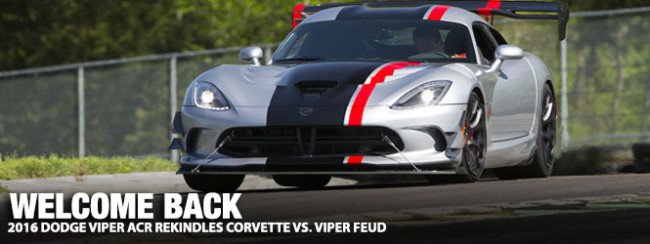
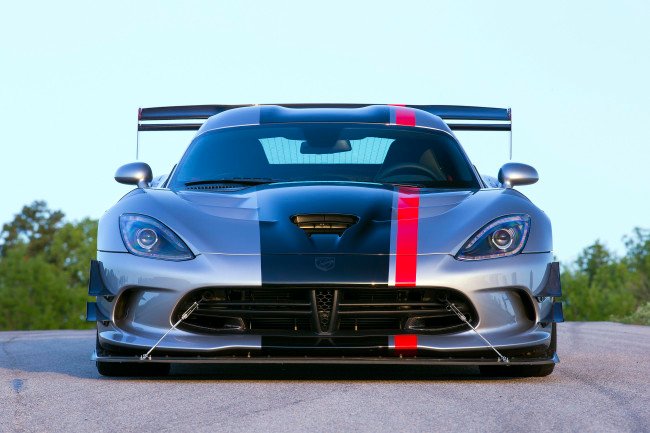
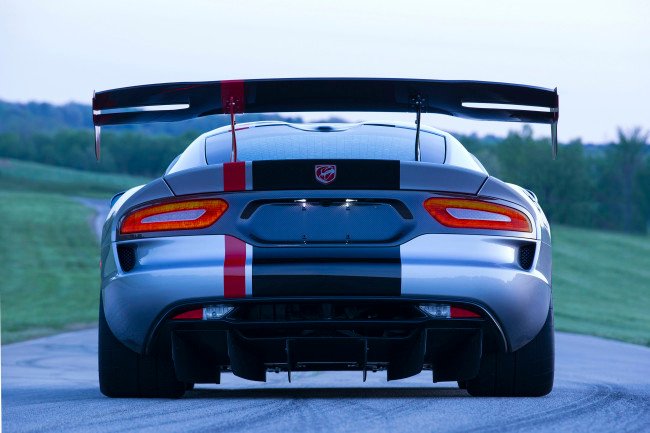
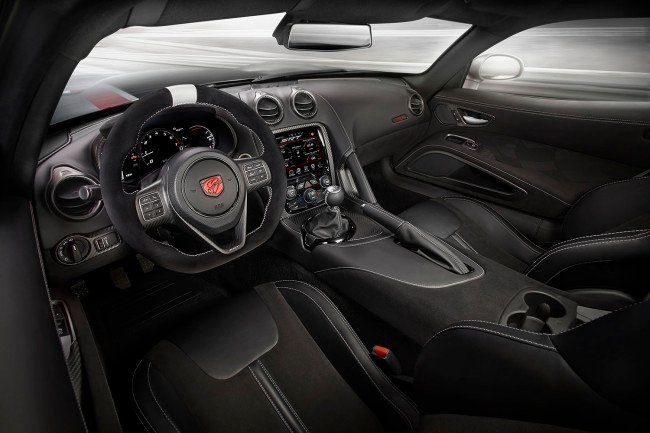

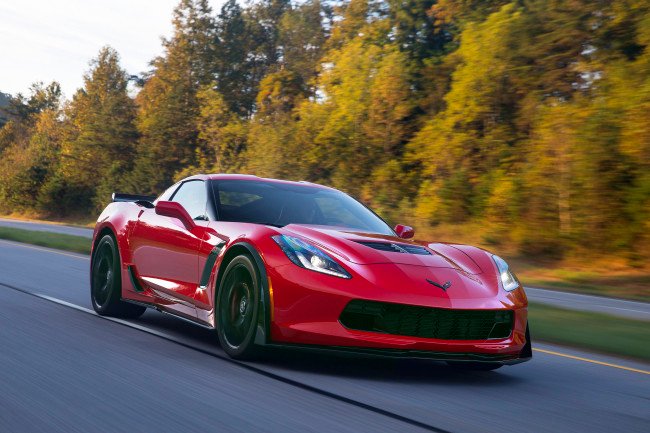
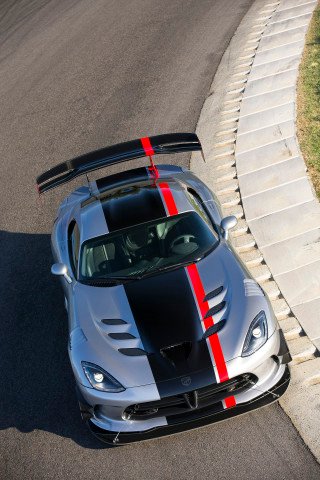


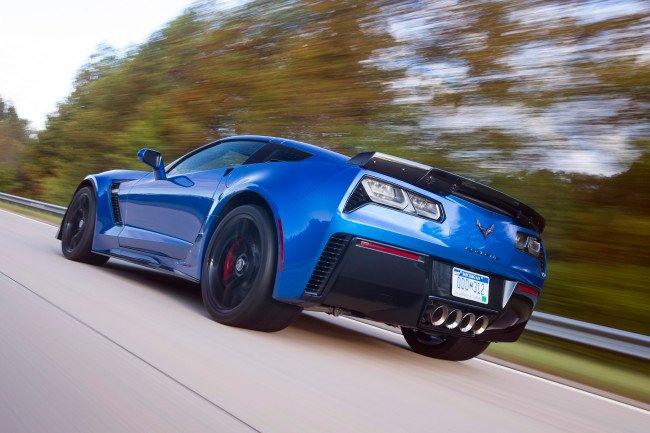

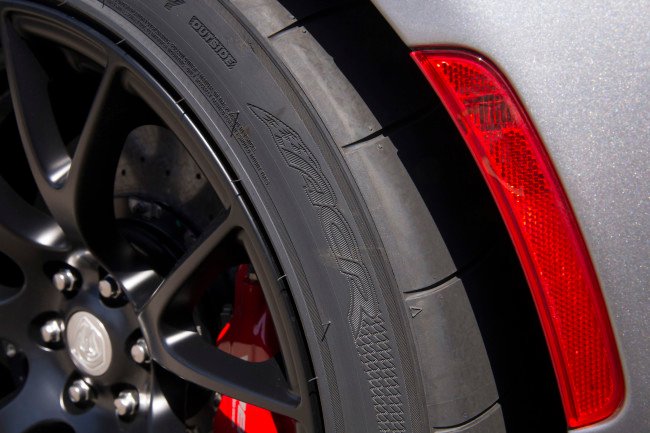
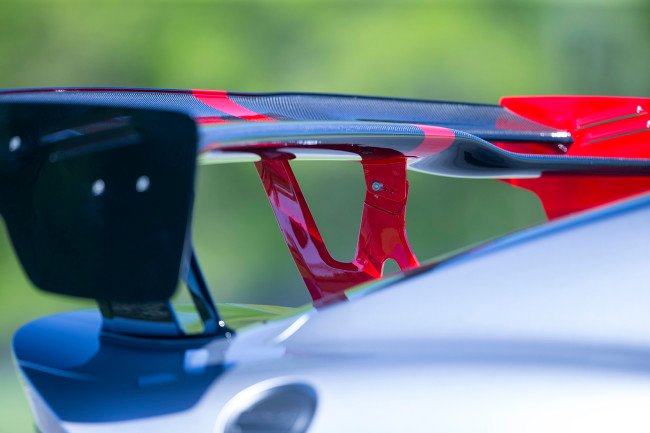

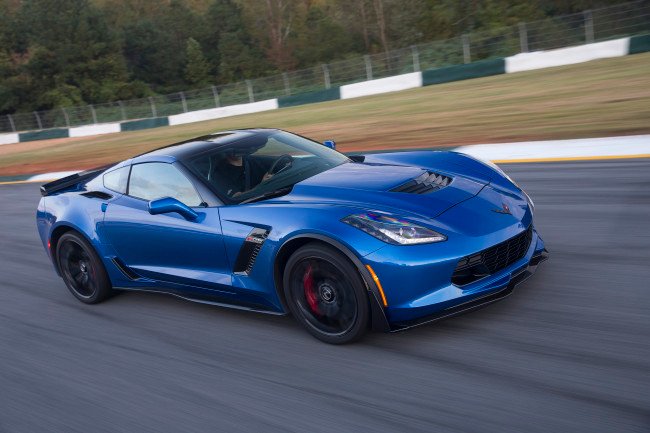
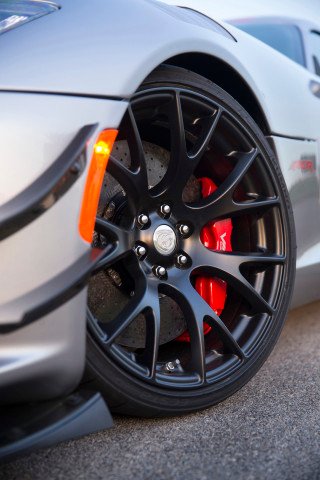
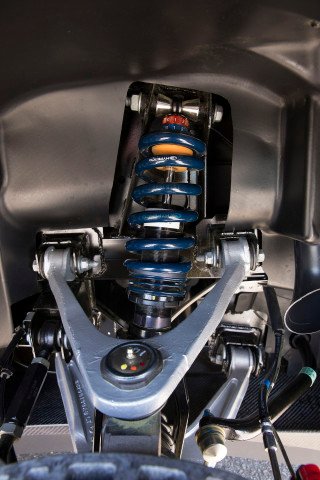

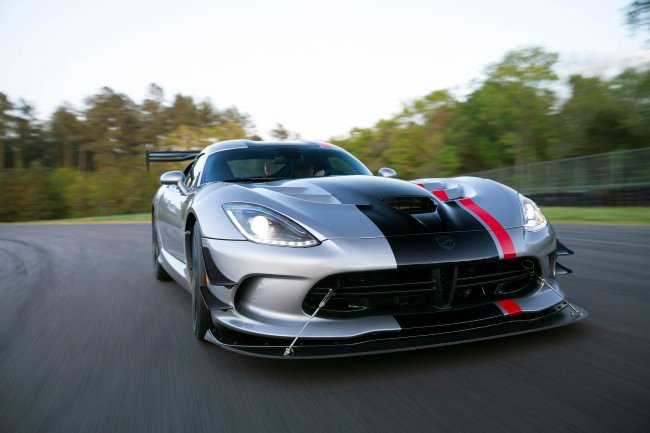
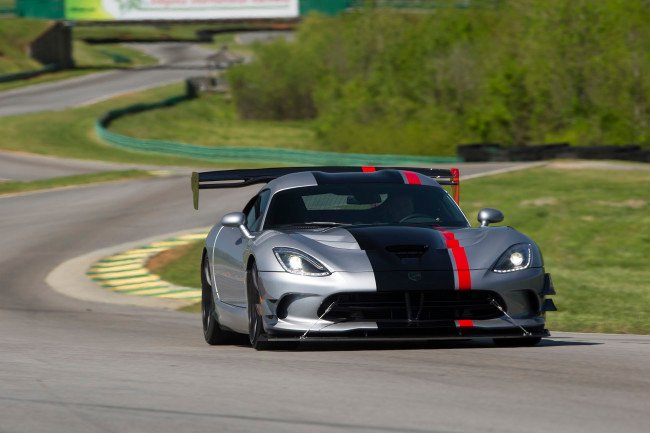
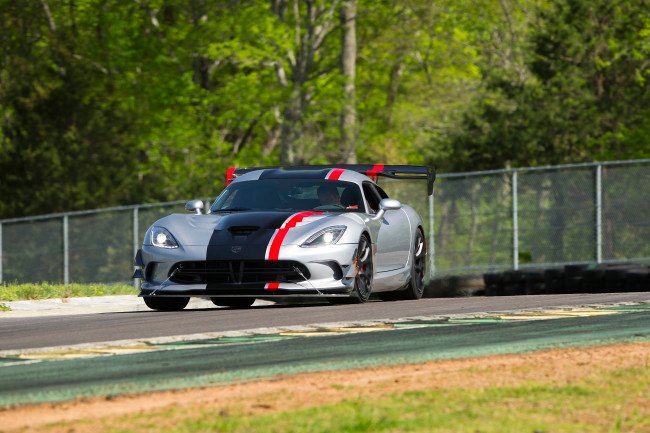
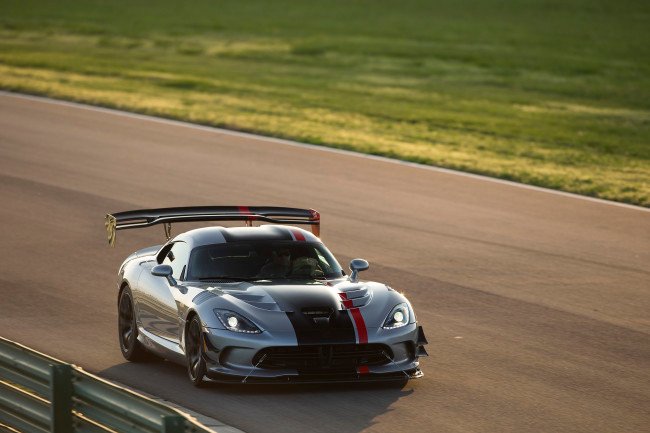
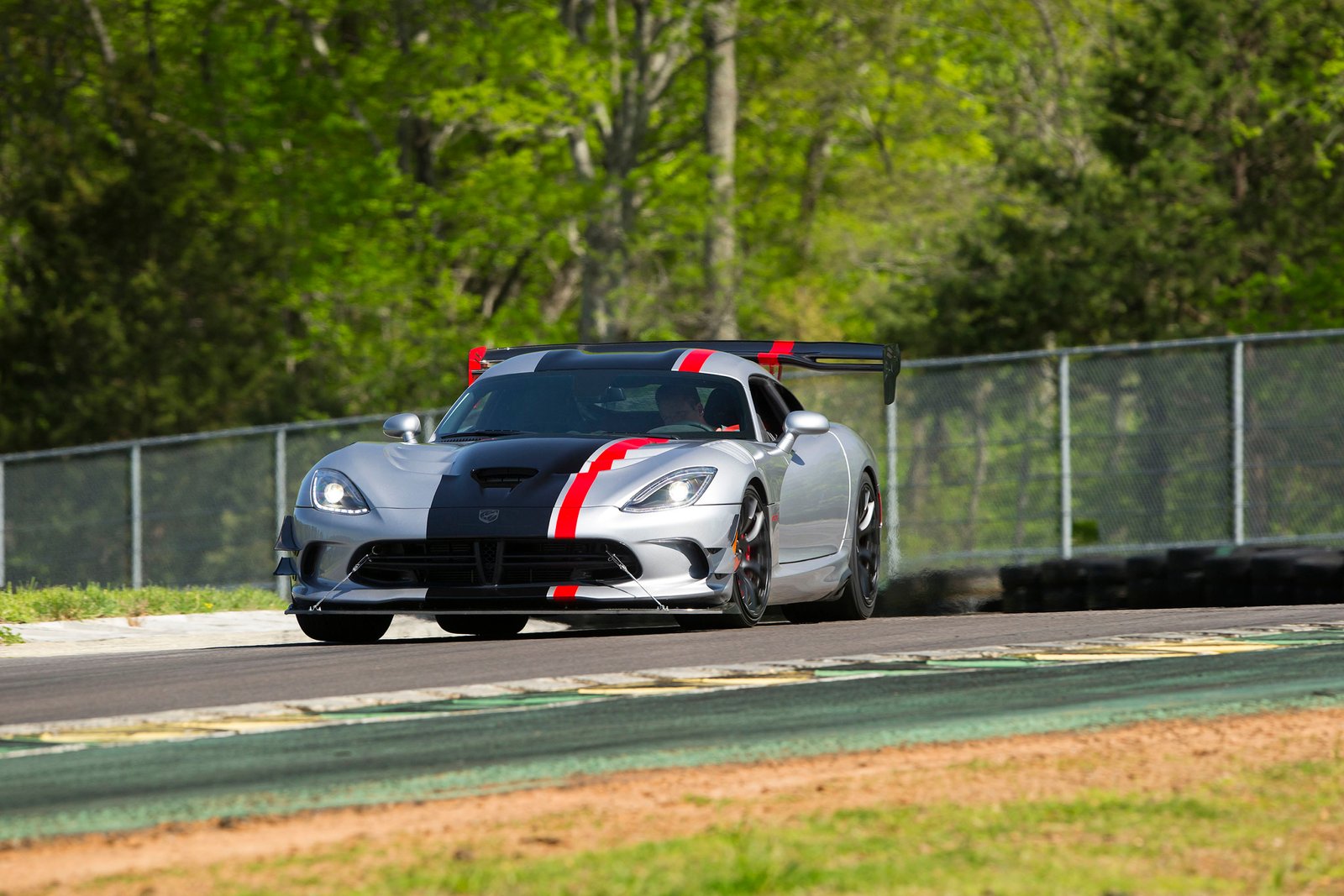



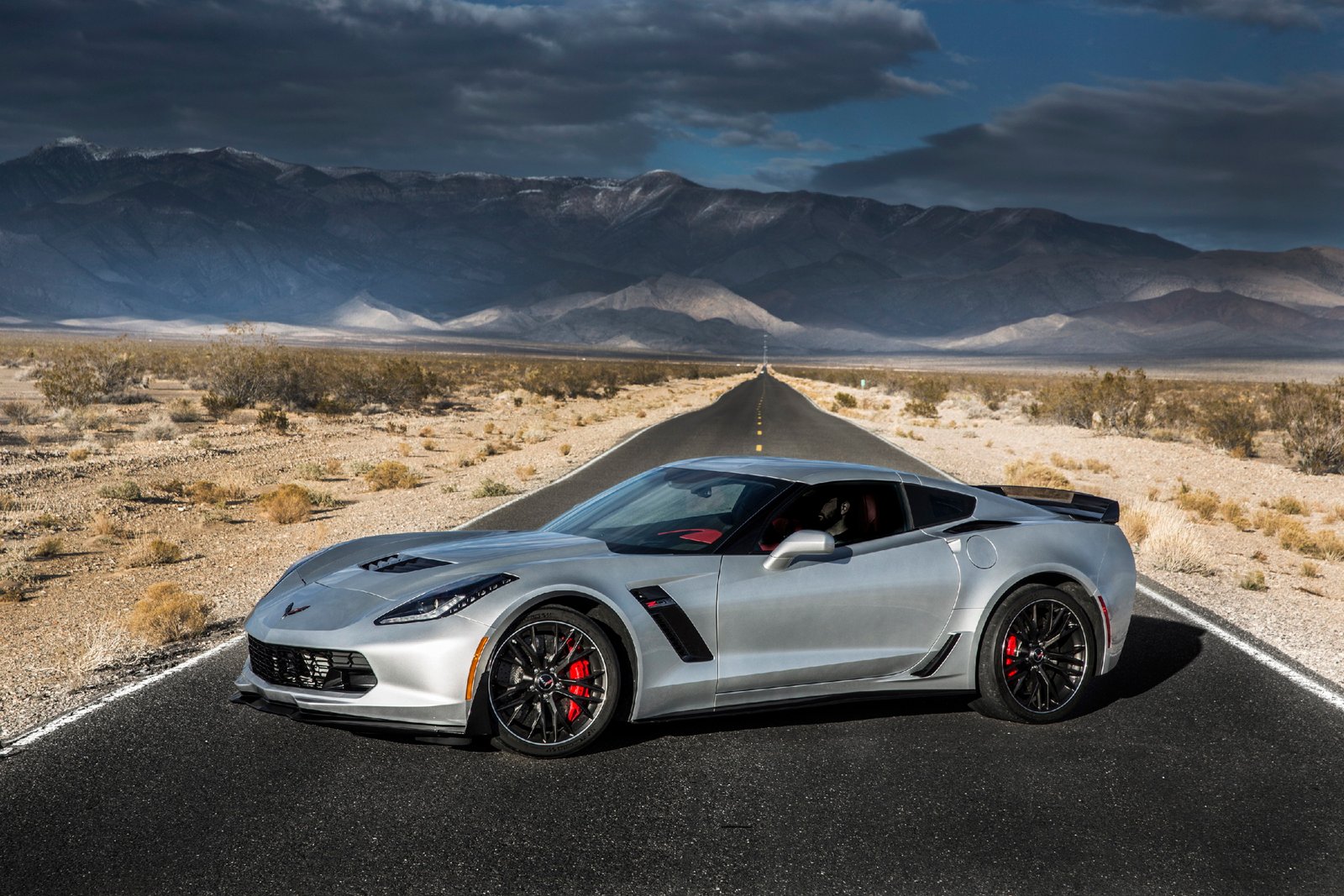
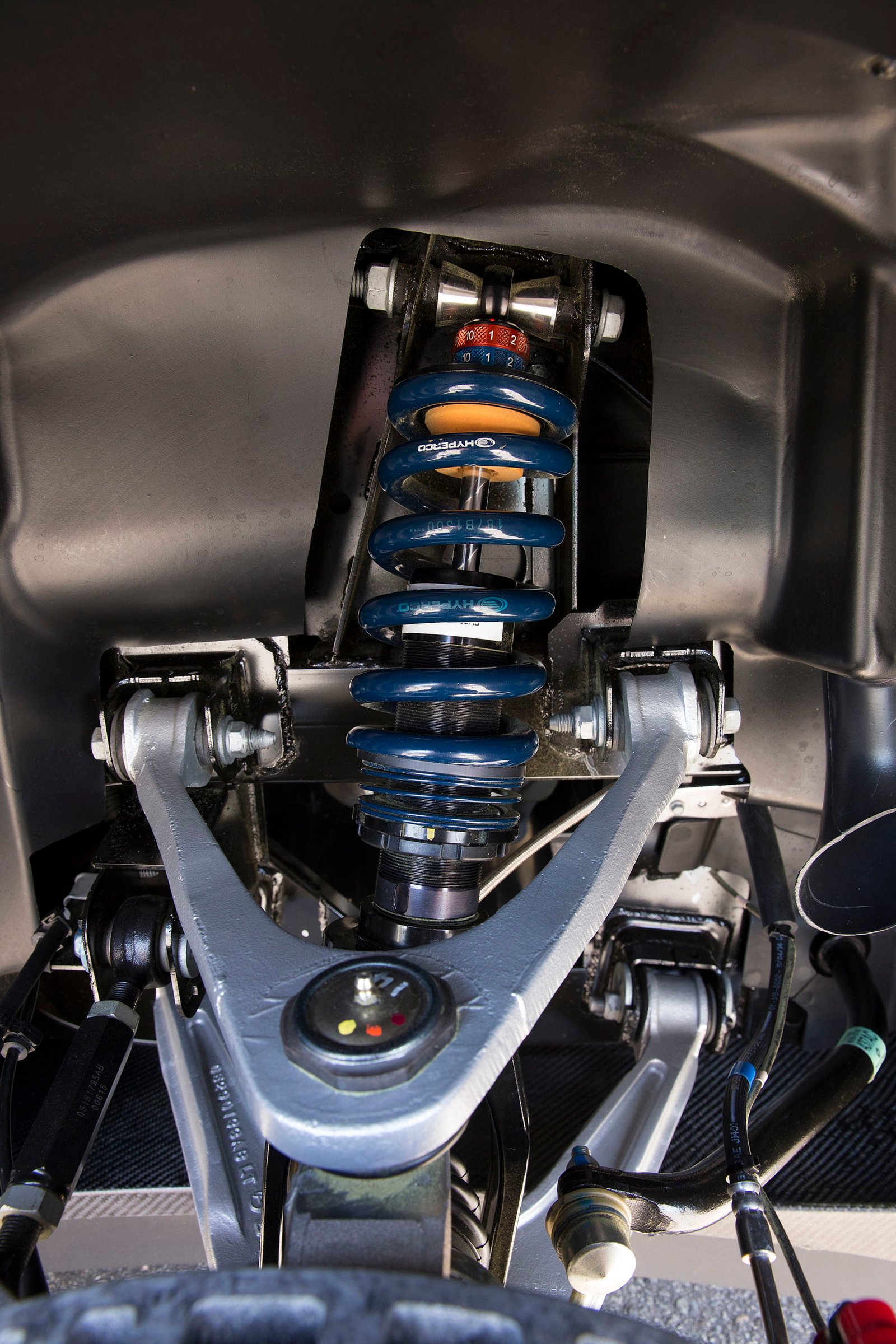

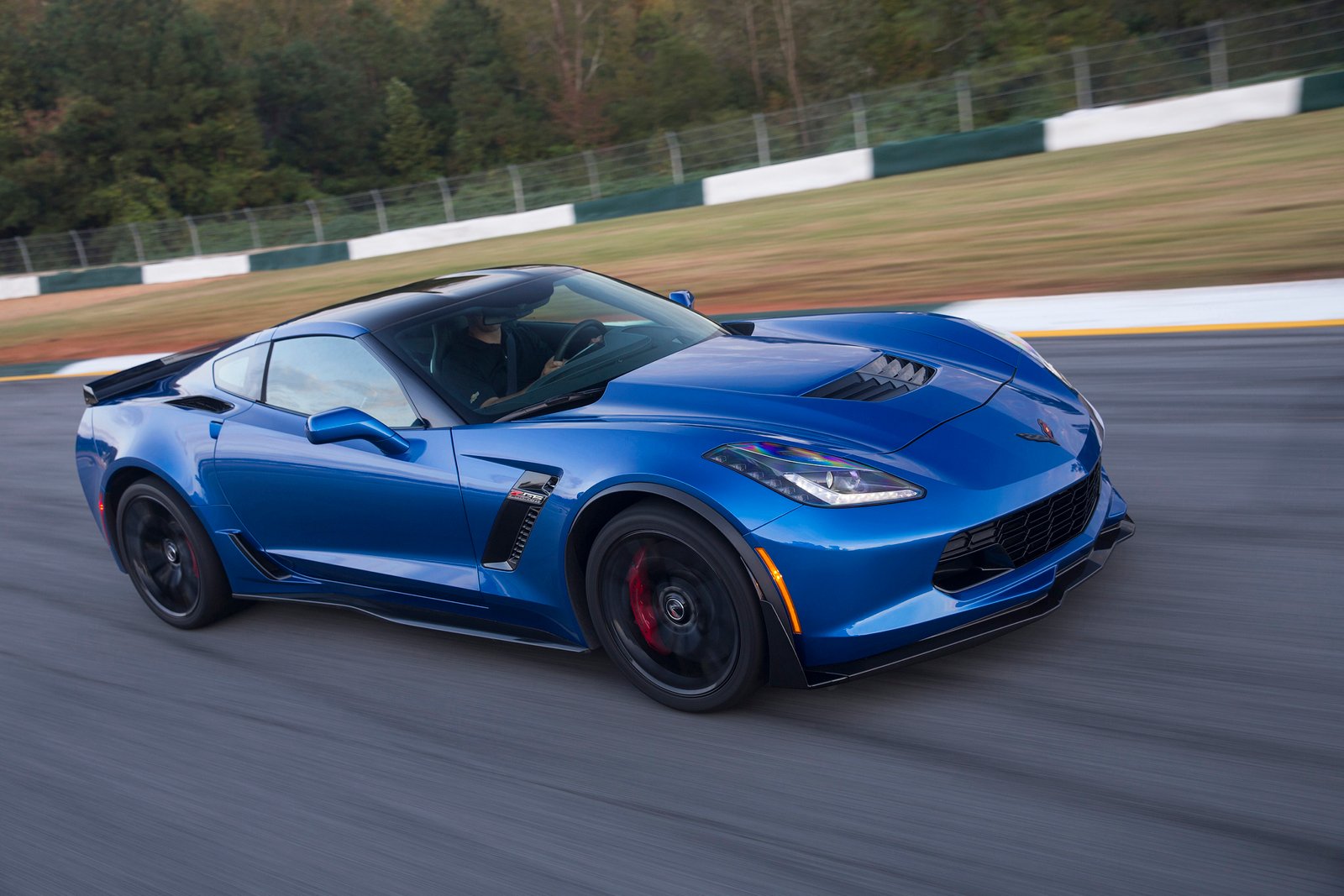
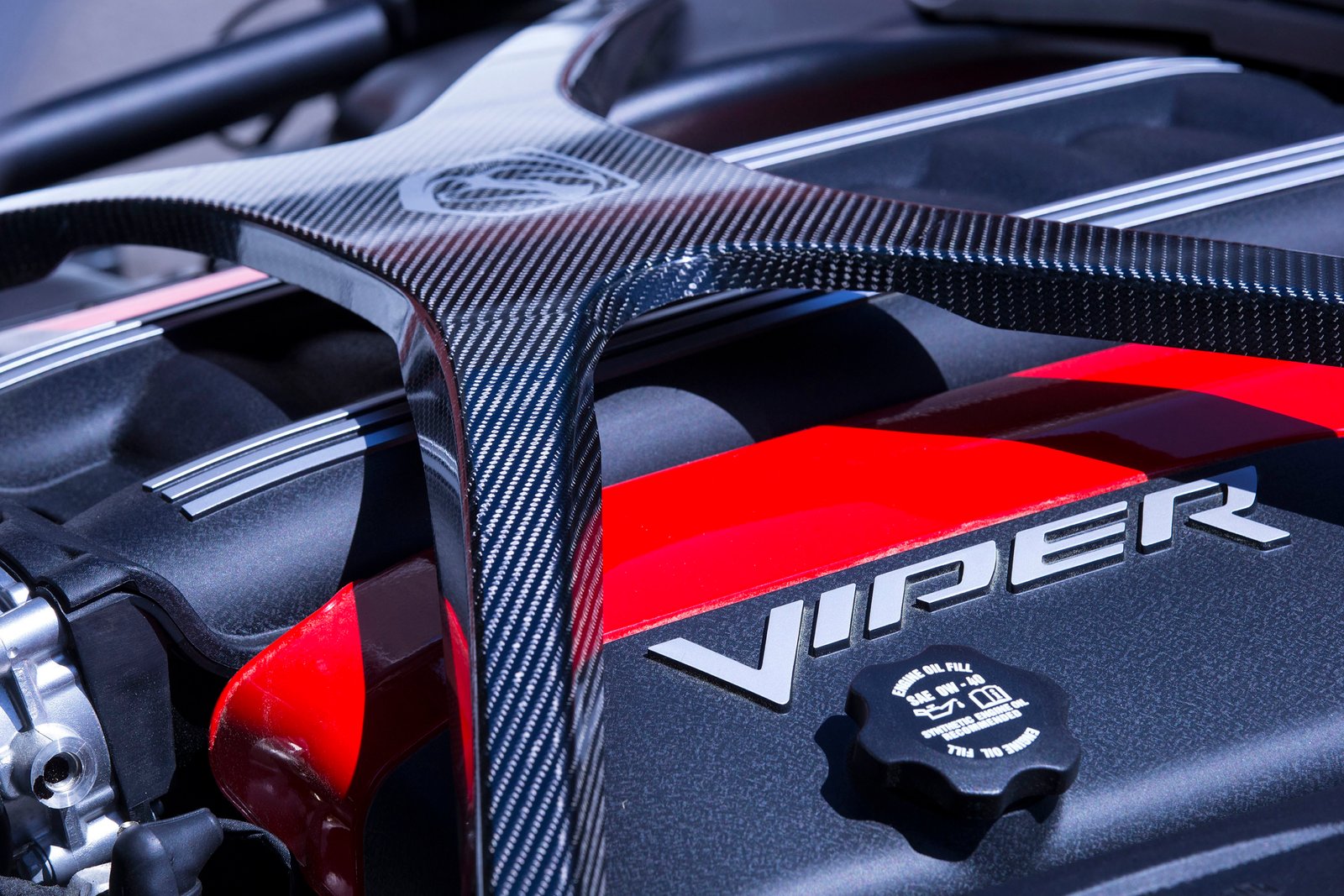
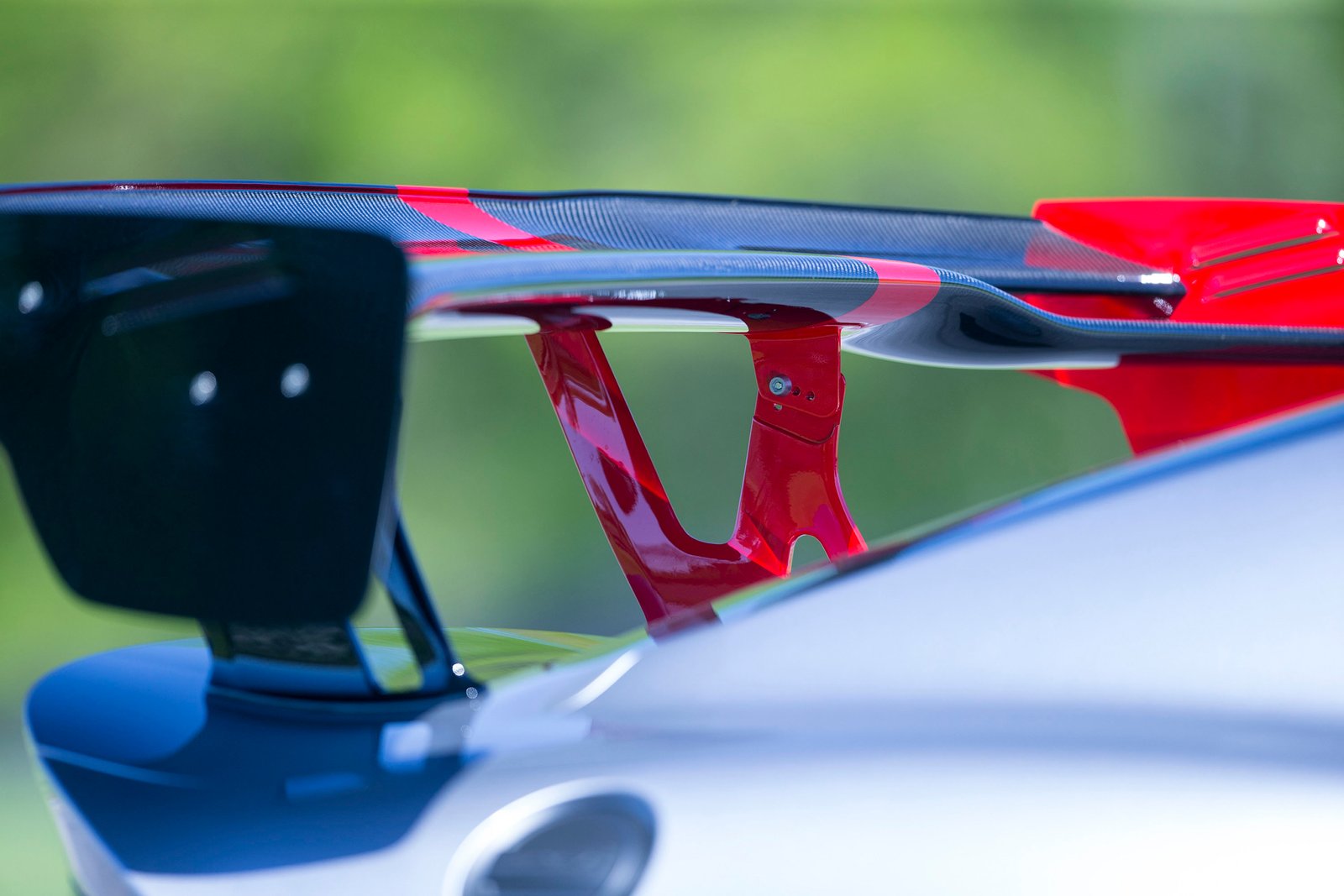
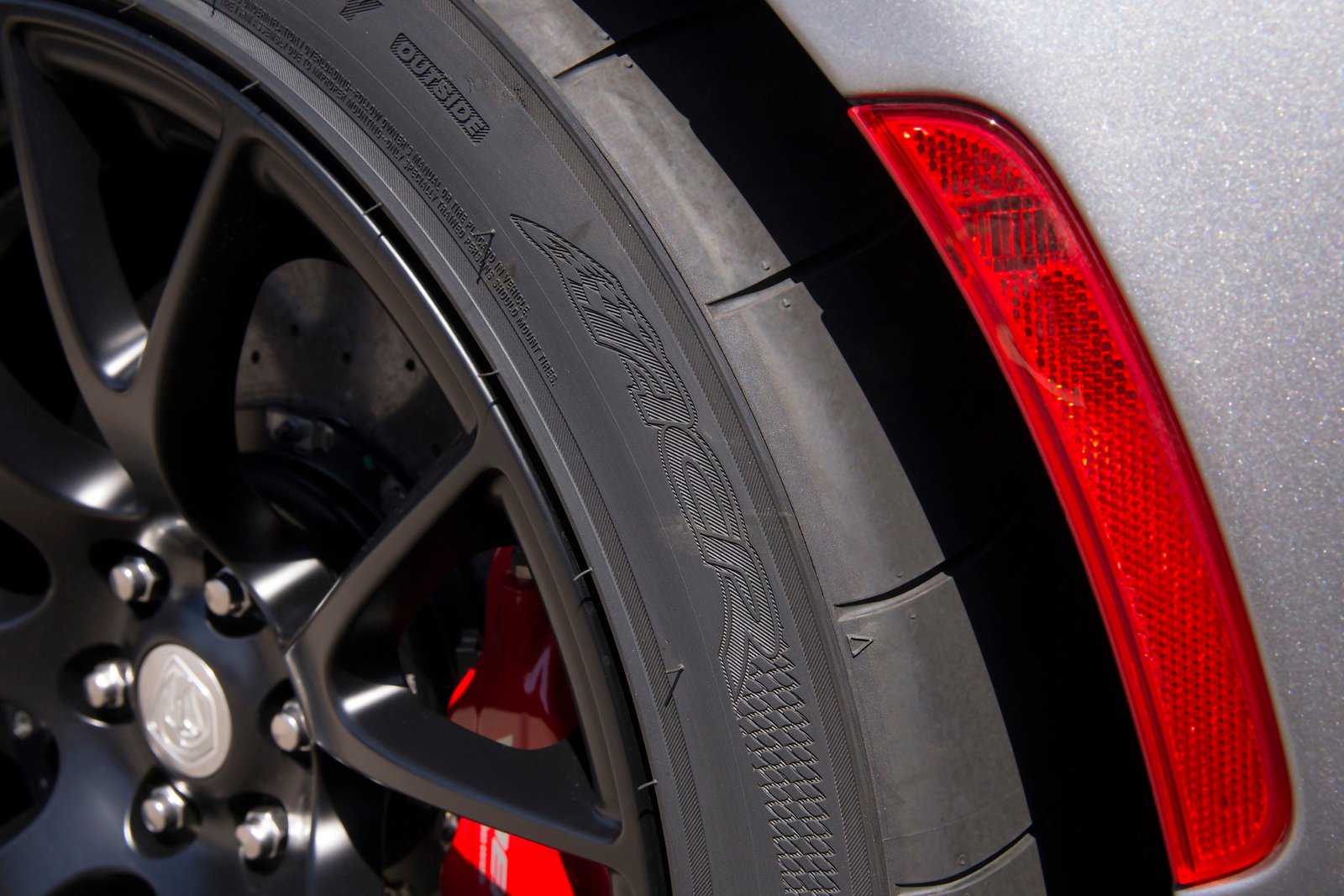


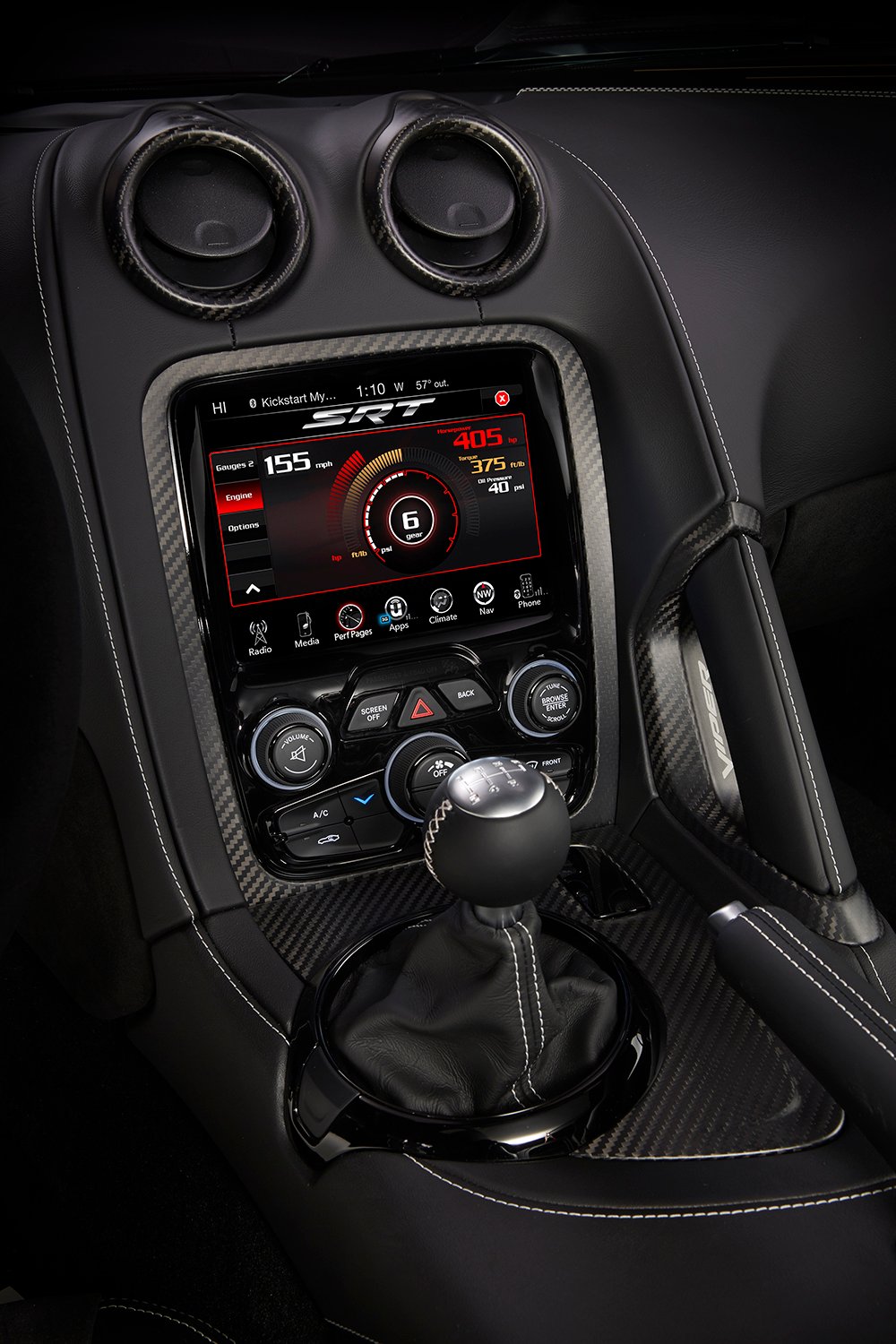
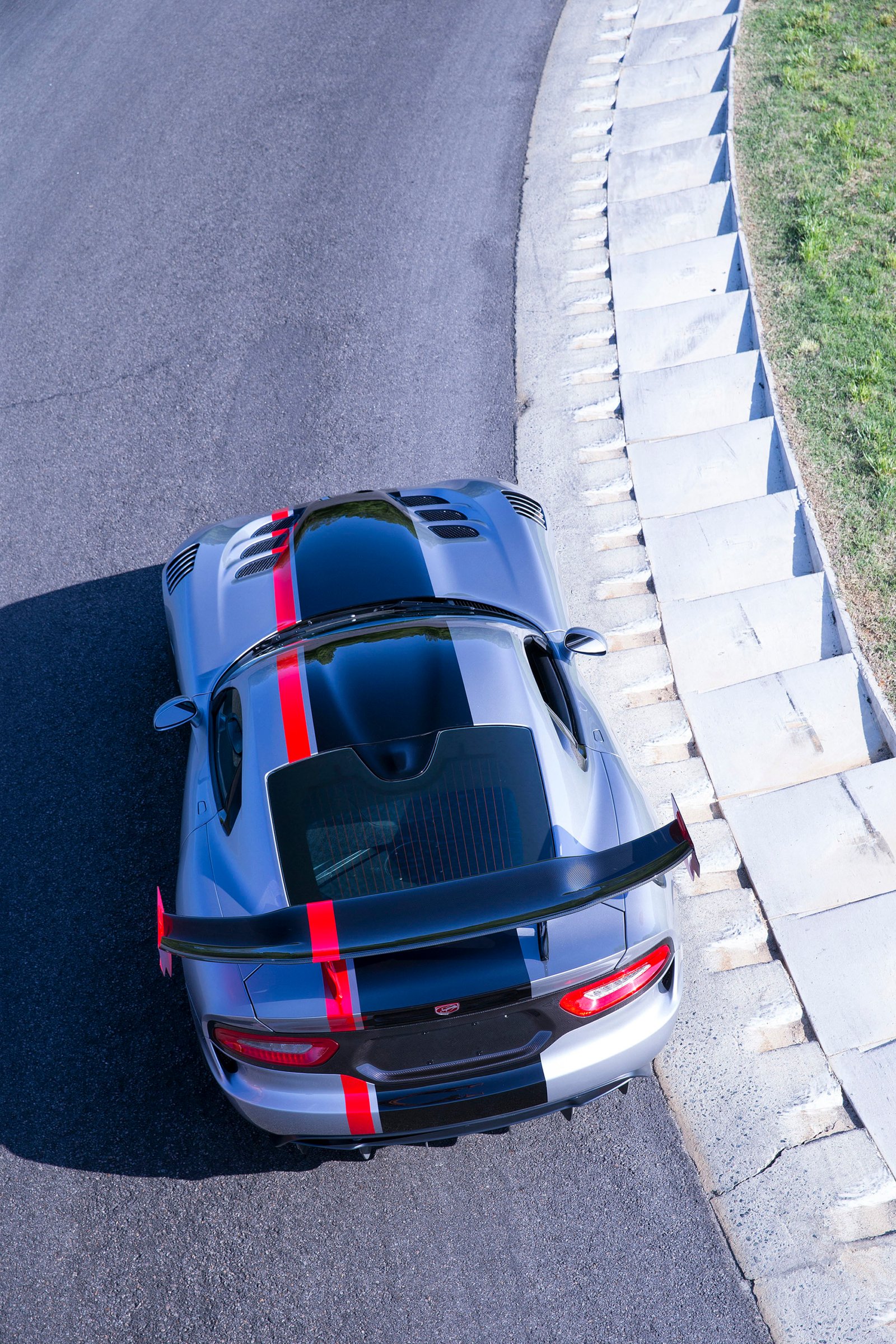

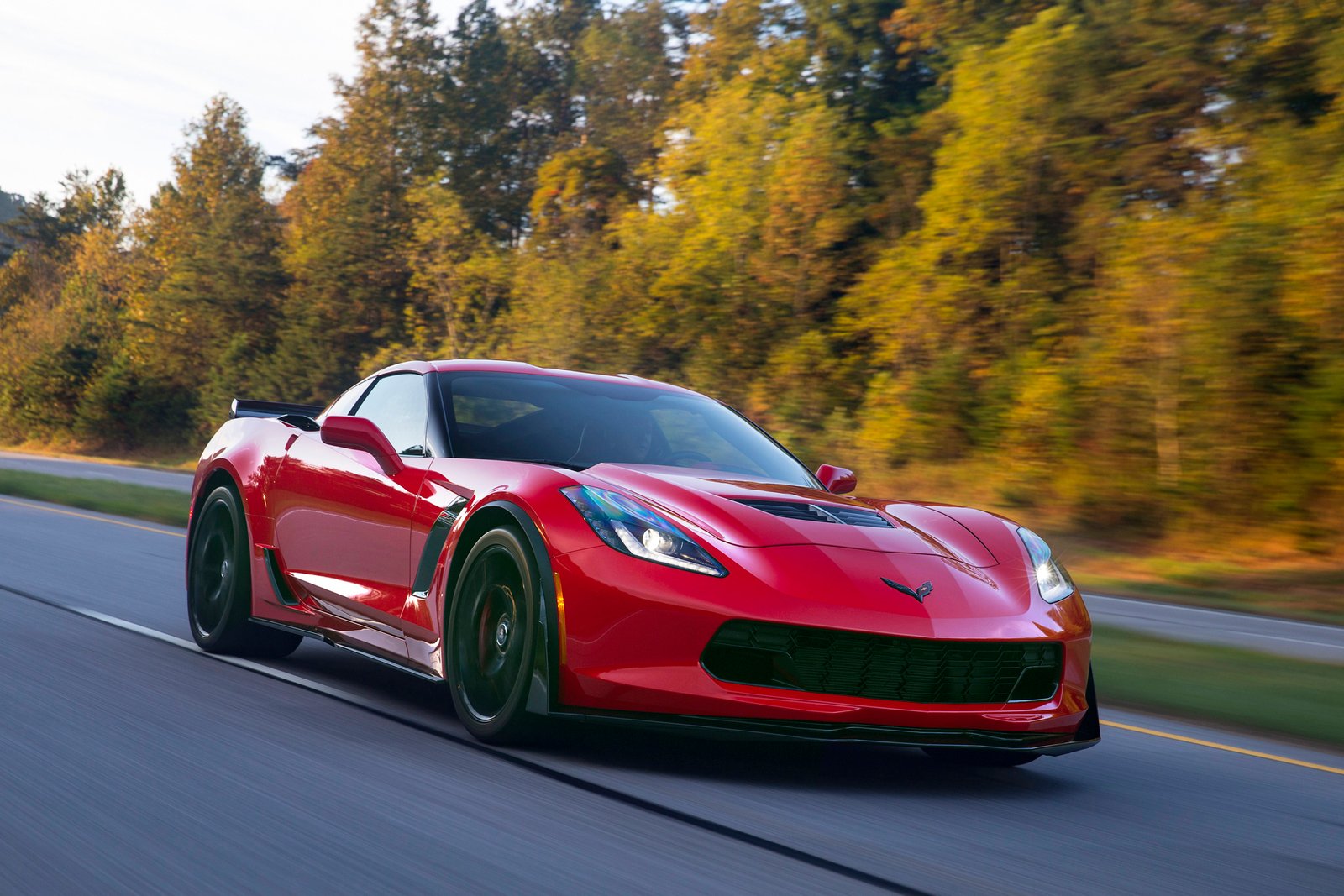
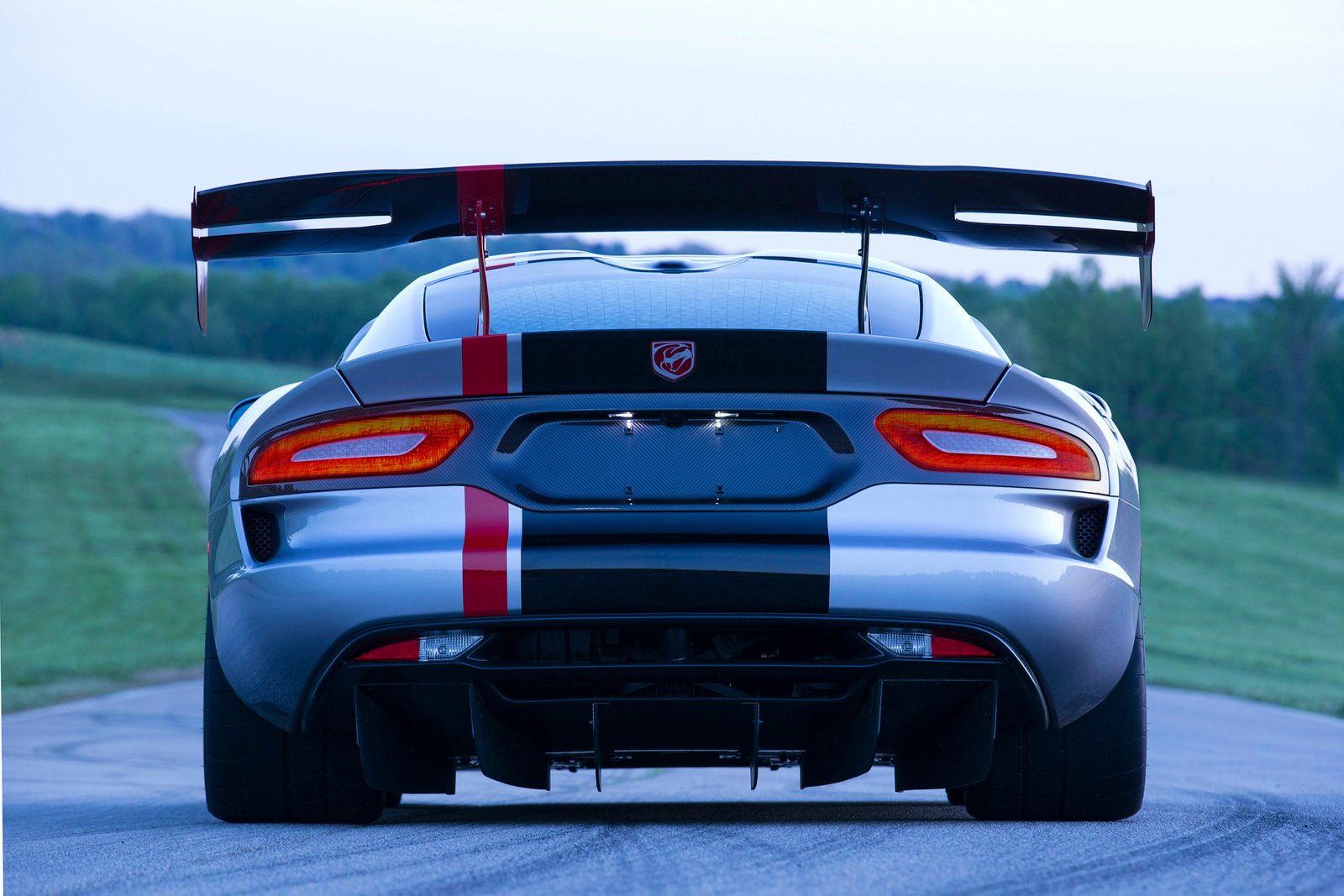
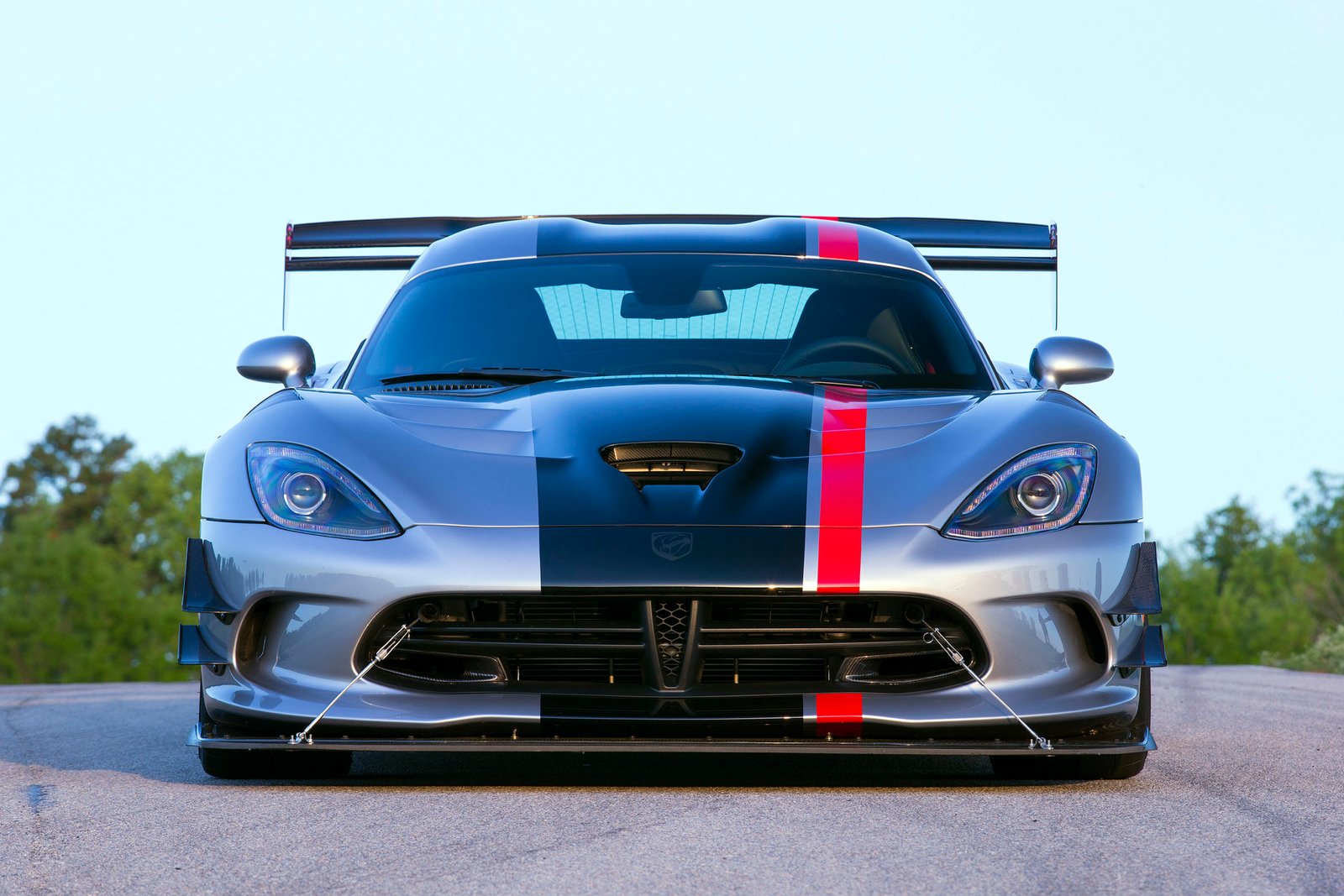
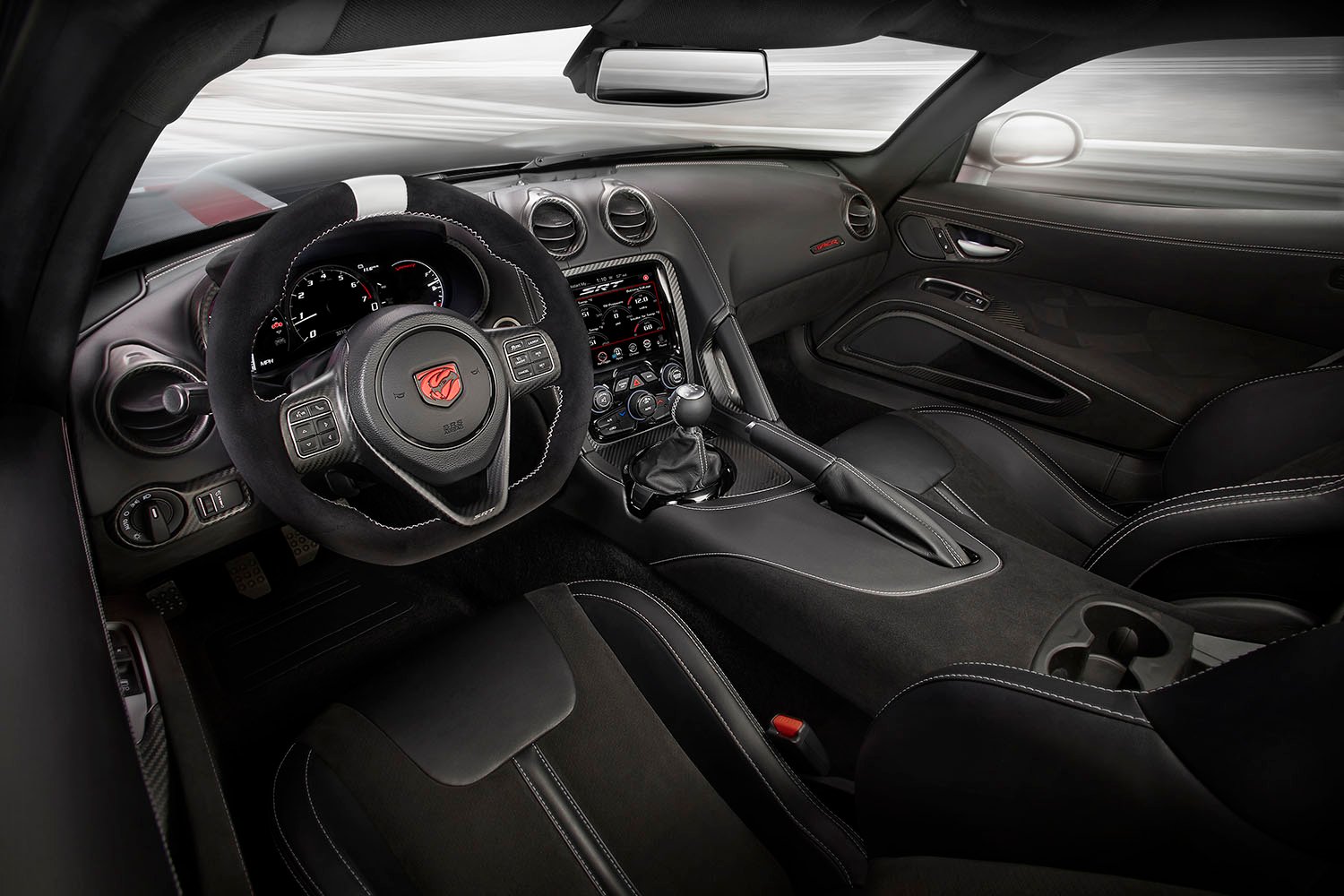



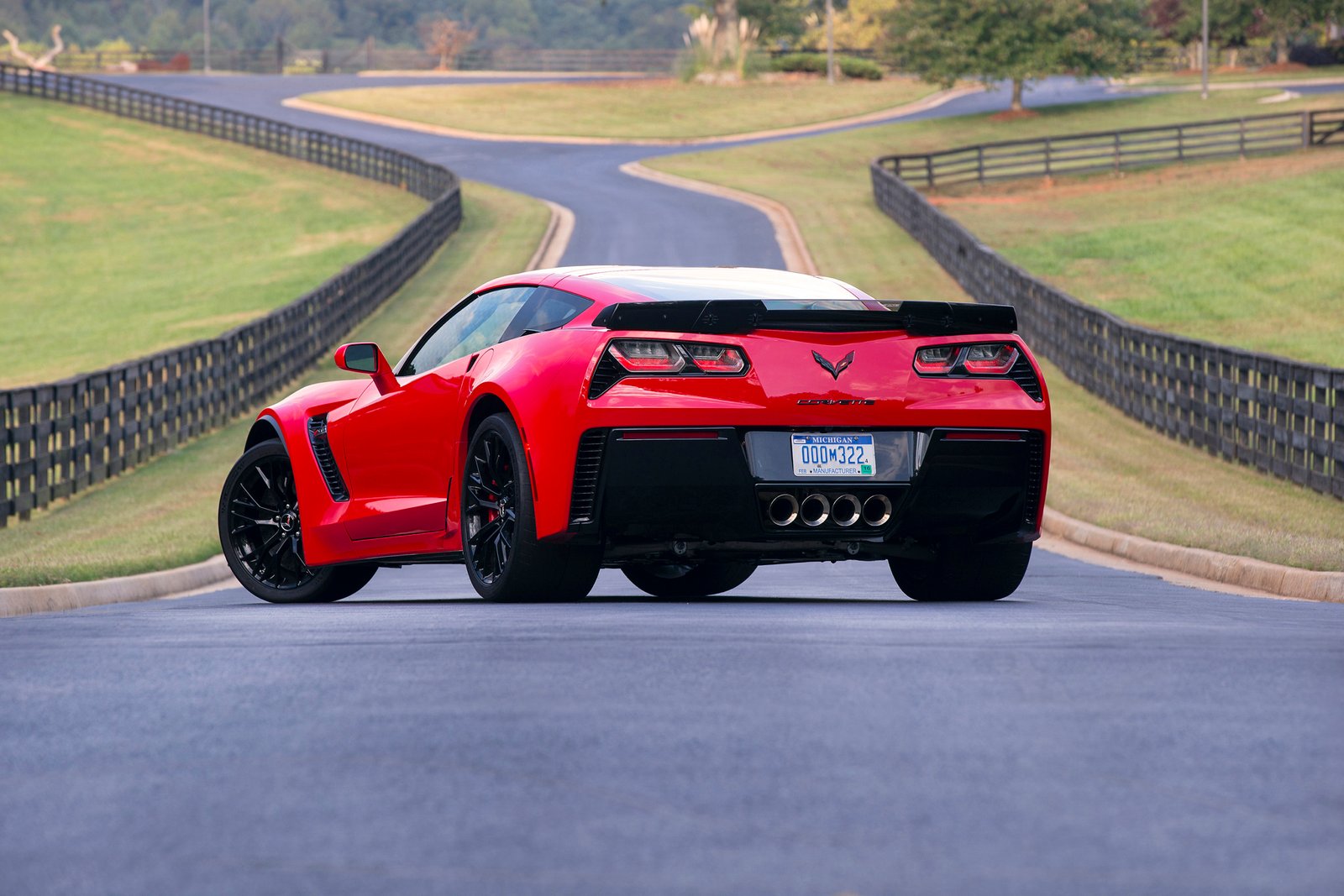

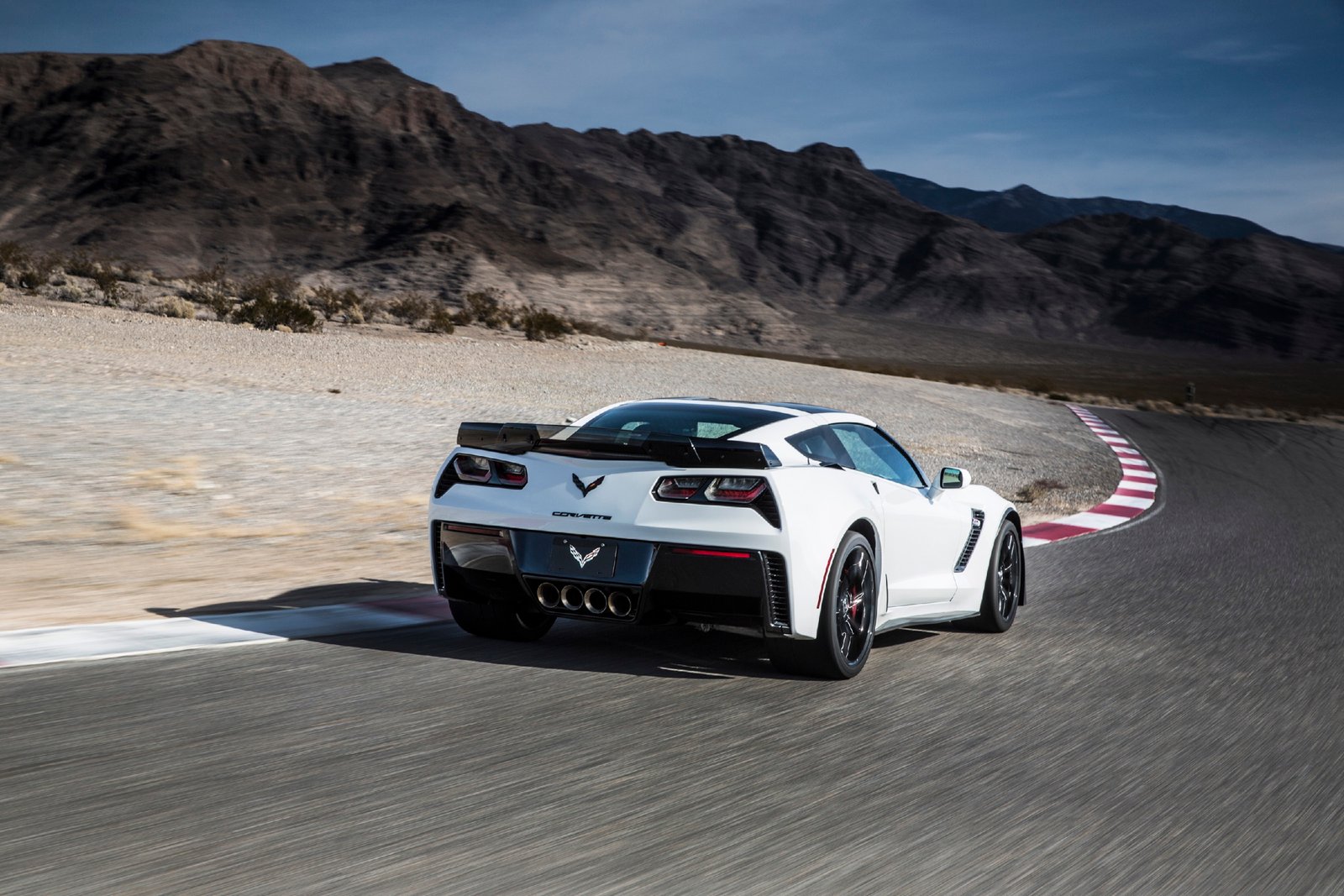
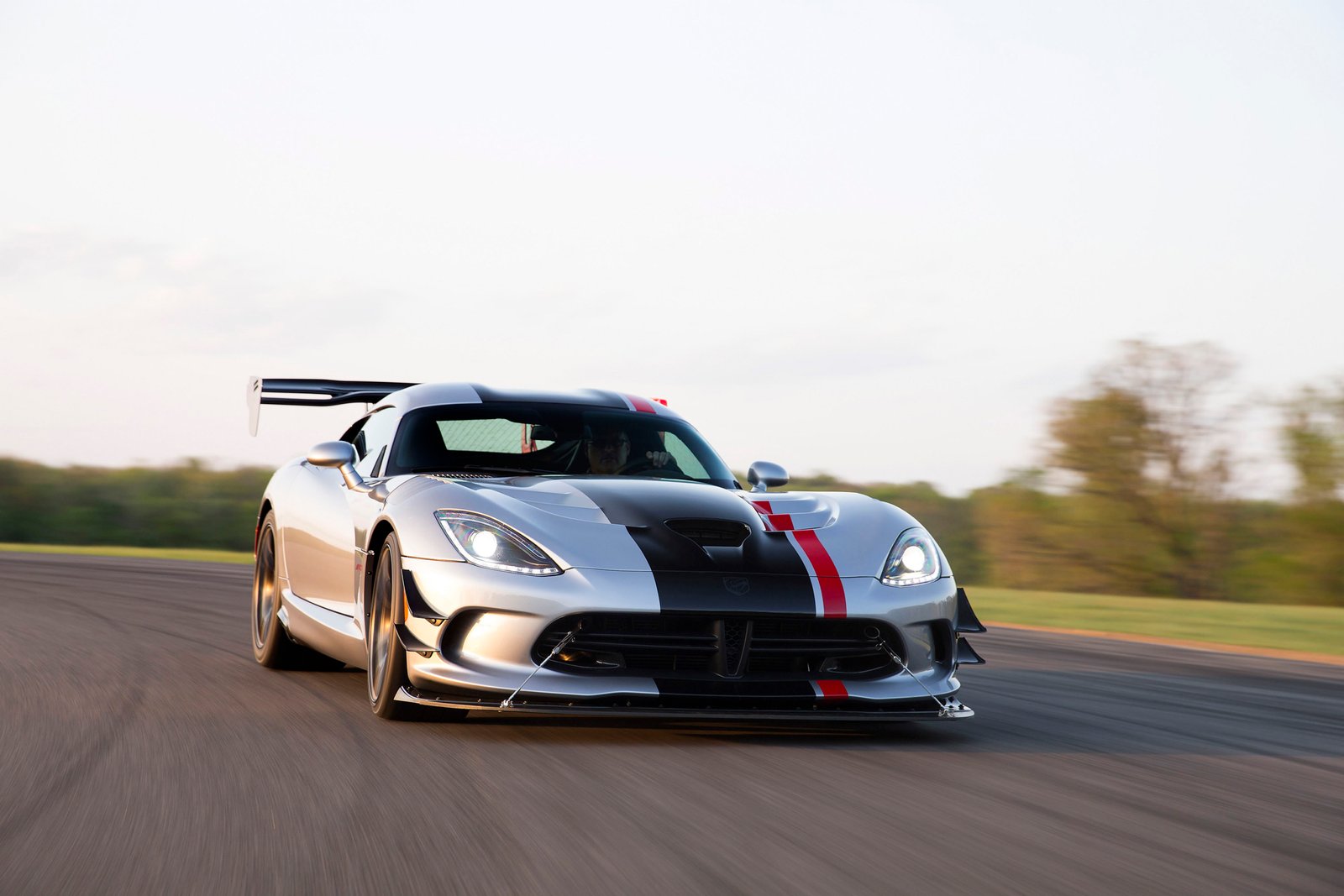
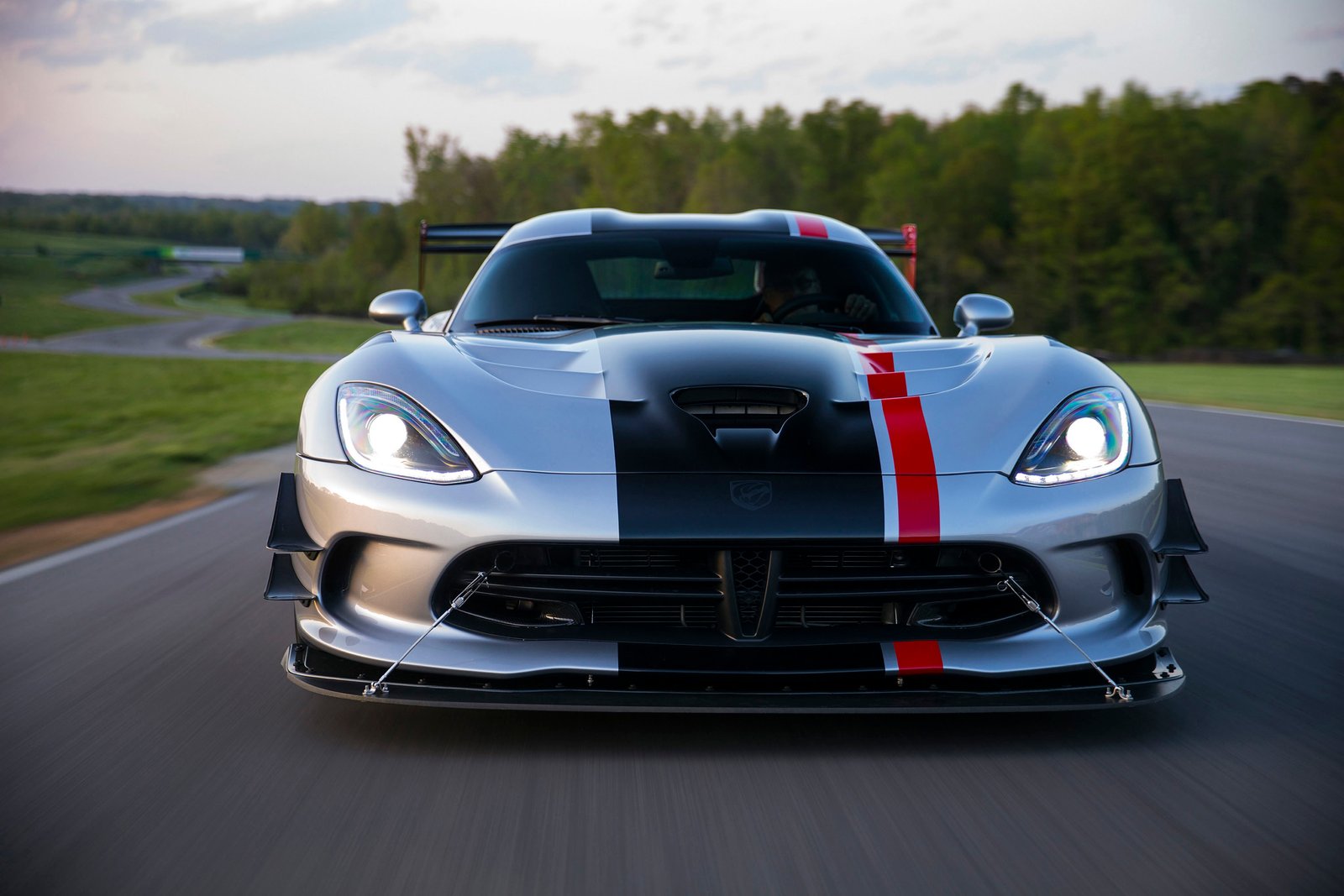
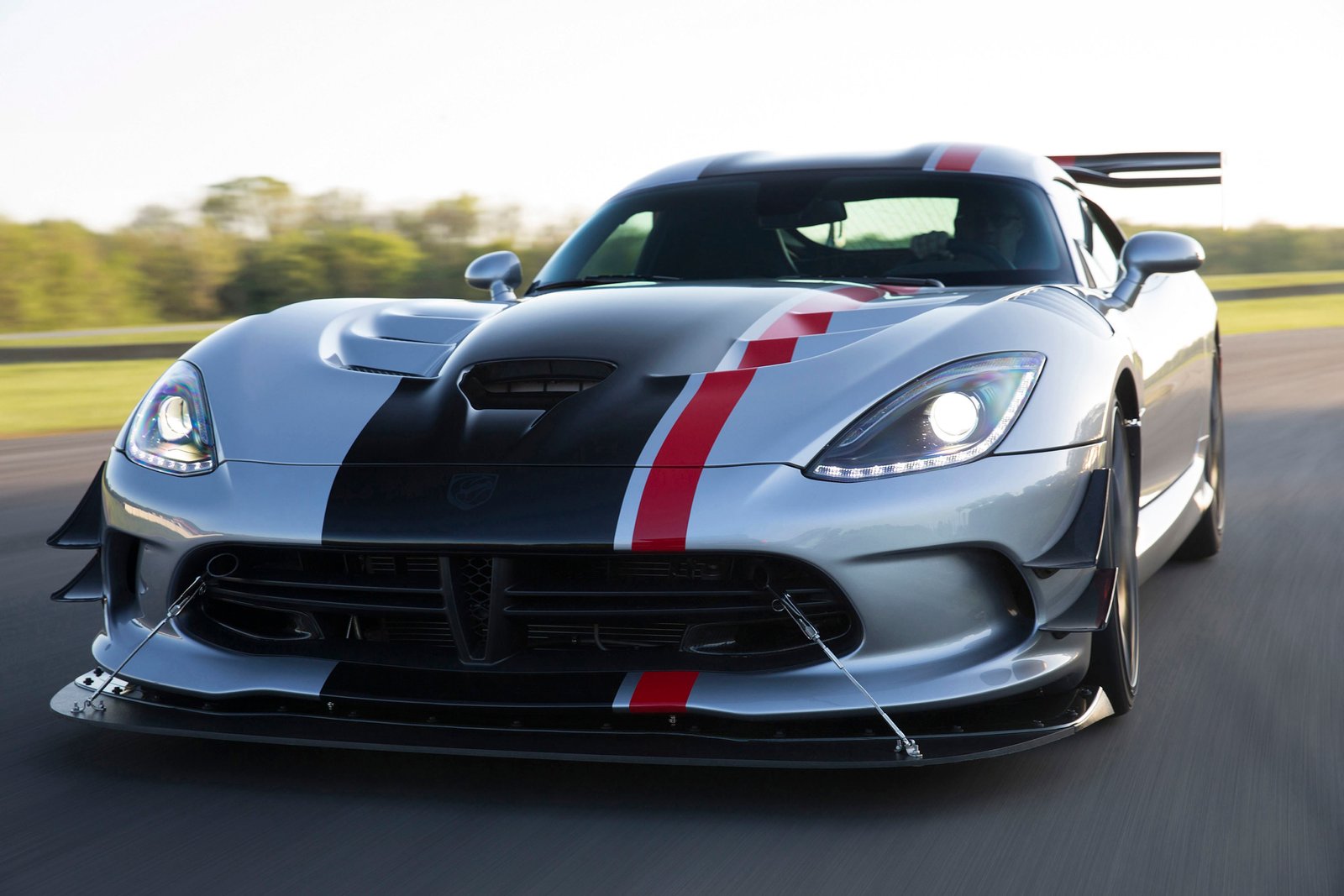
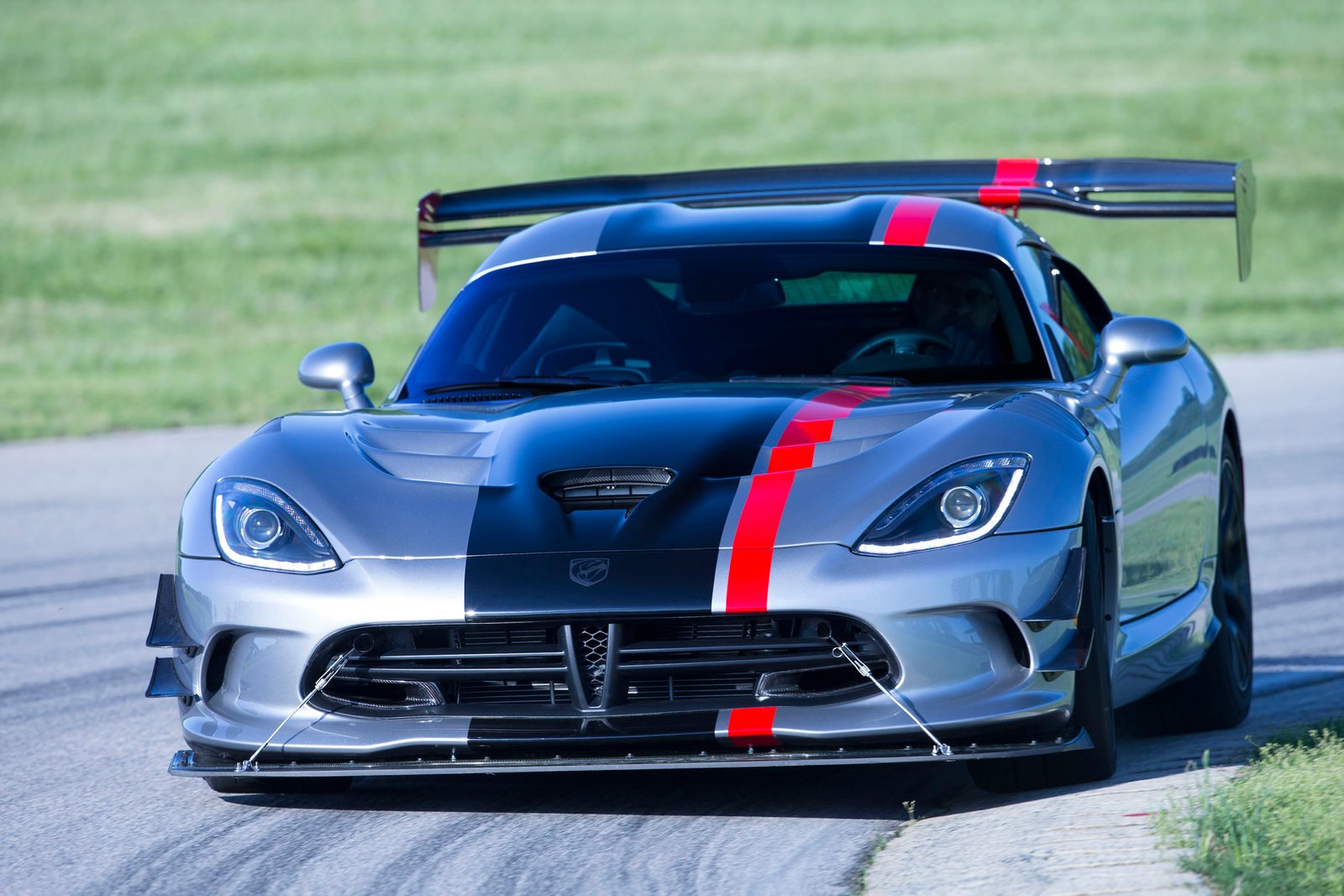
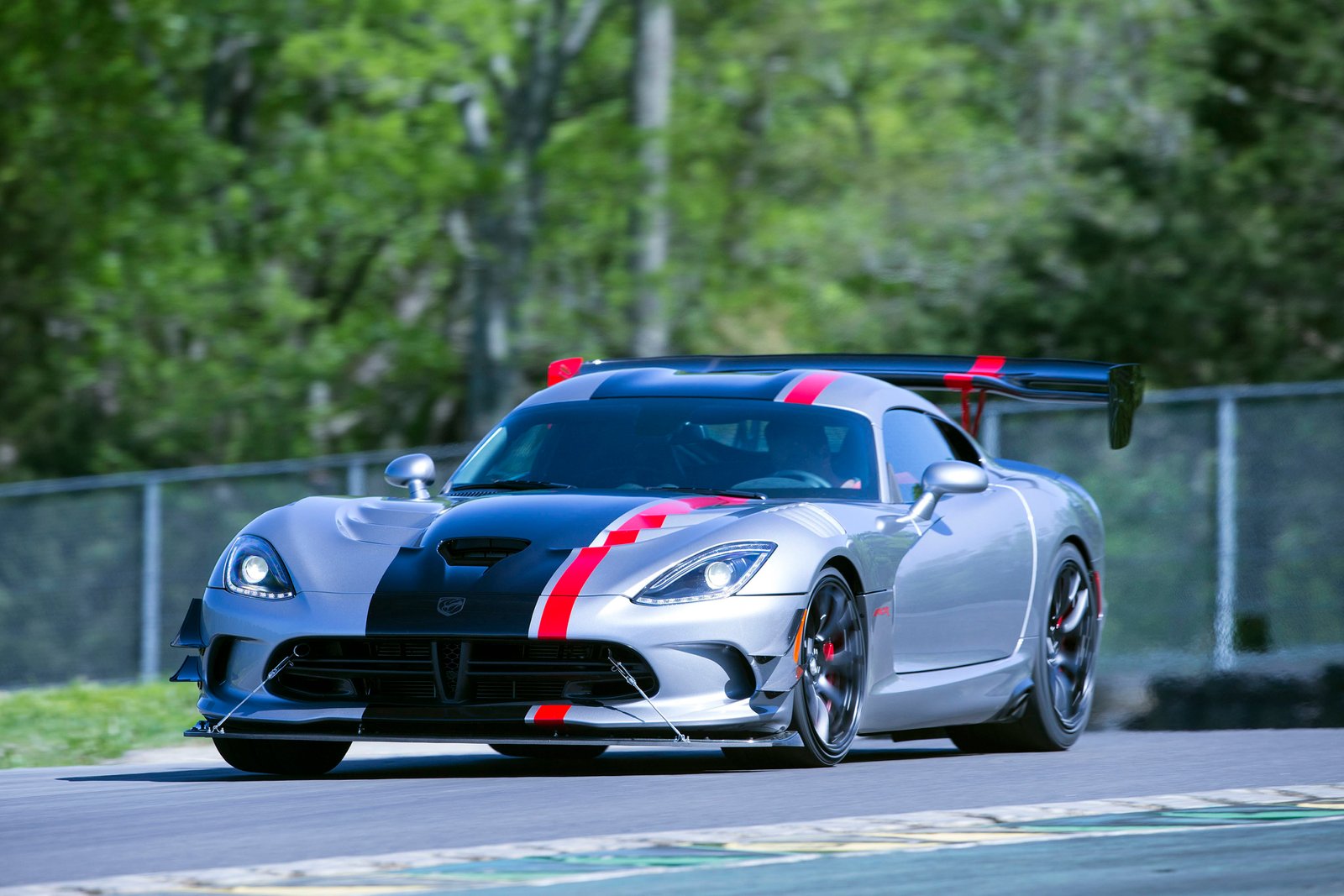

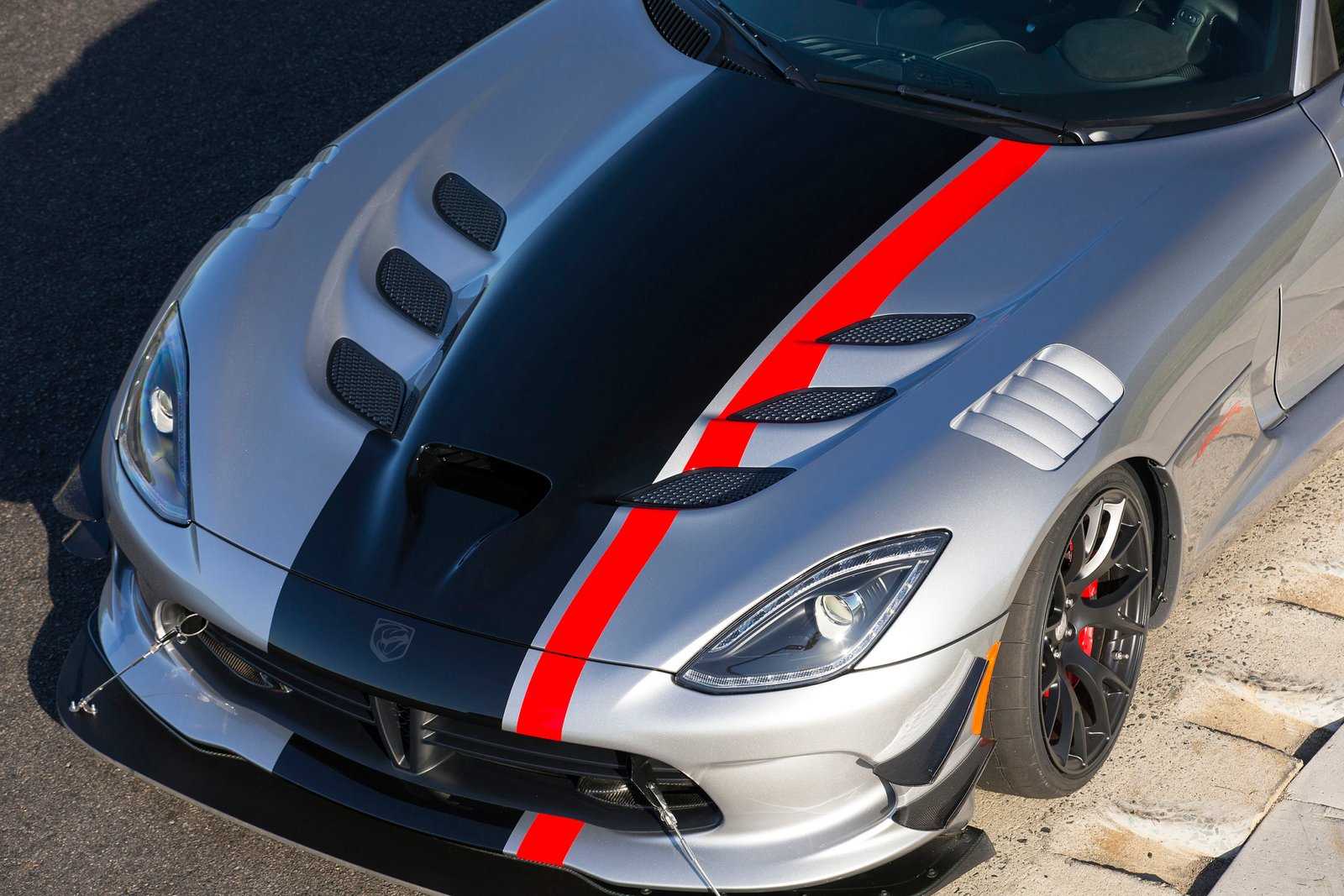
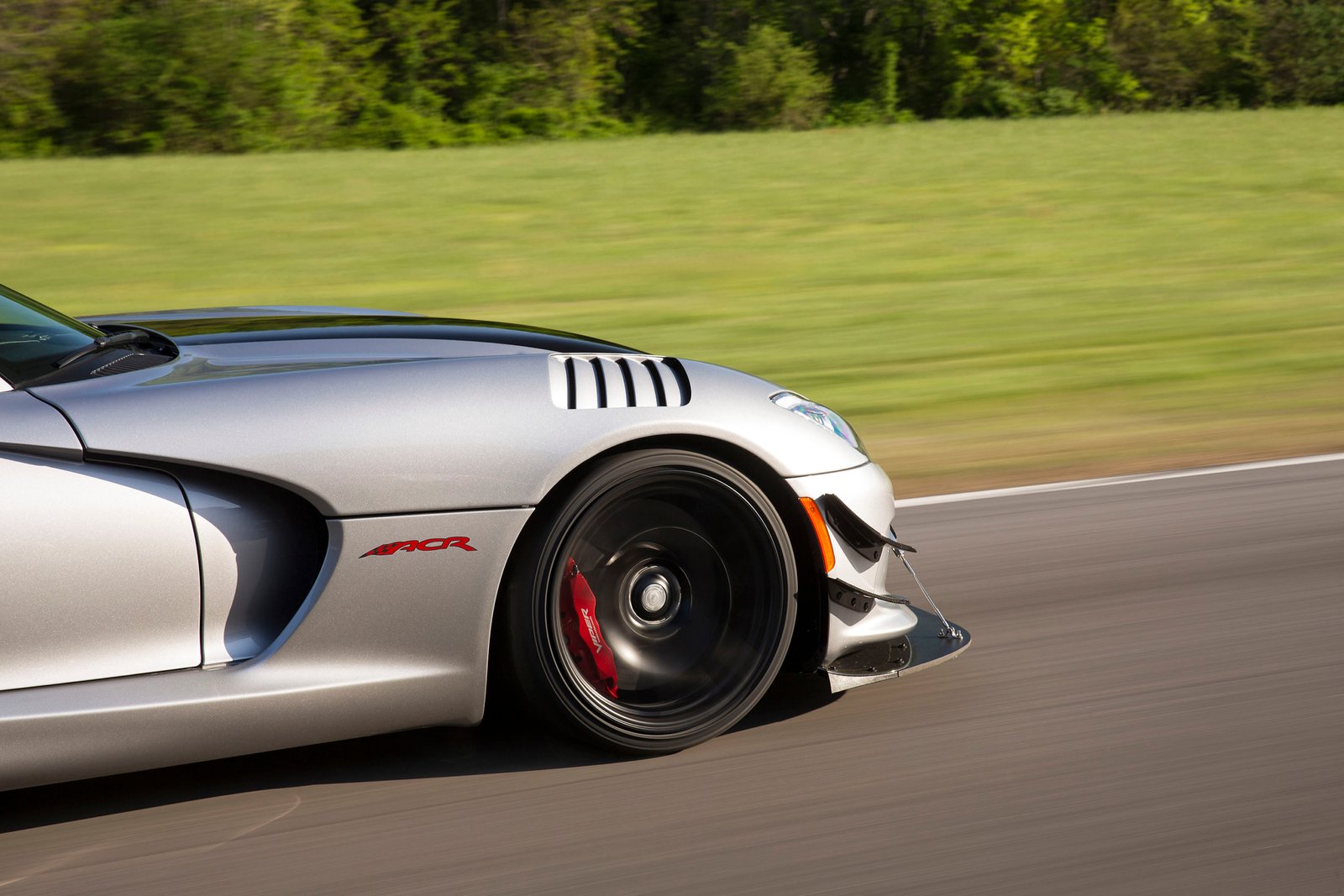



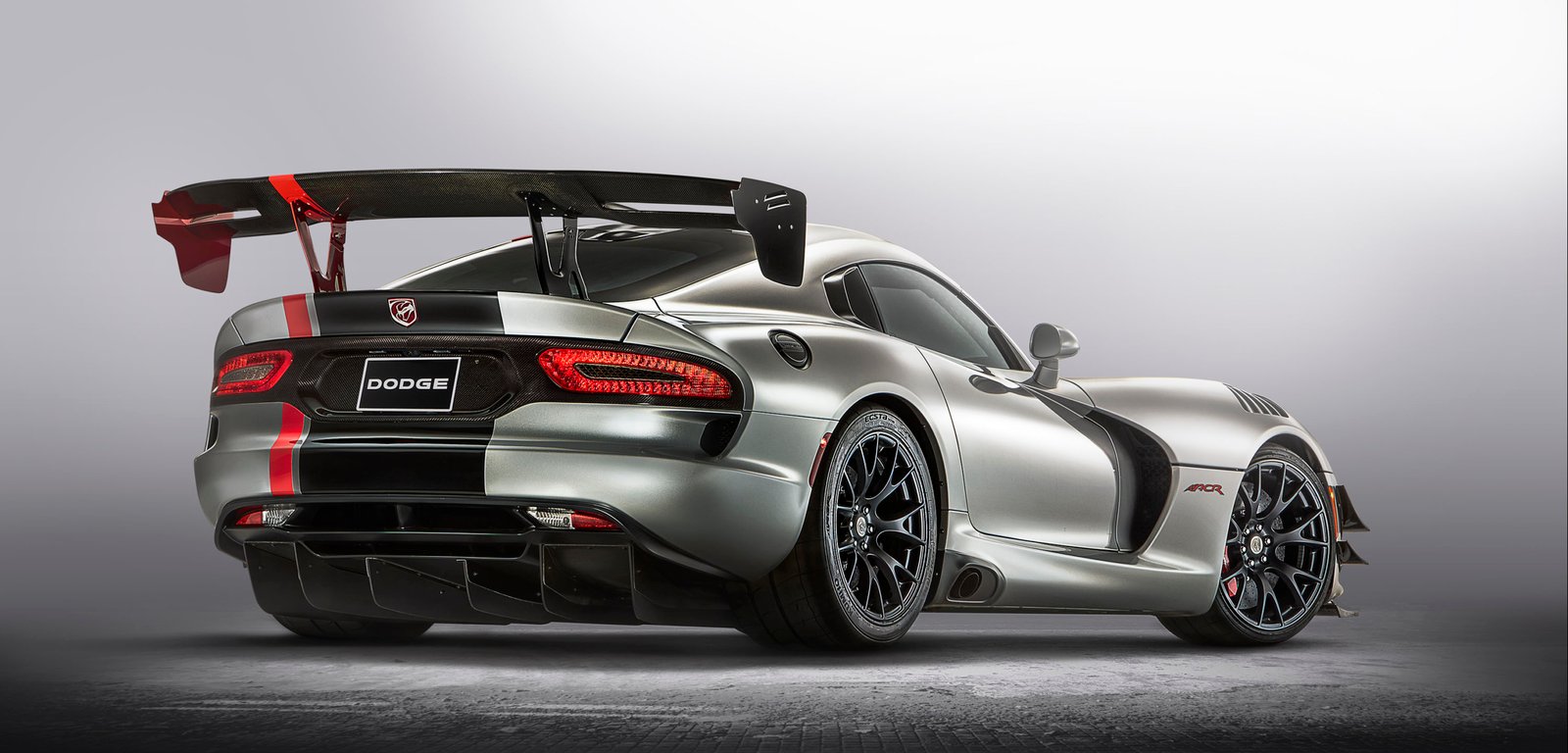




 Mopar Connection Magazine – The ONLY Daily Mopar Magazine © 2022. All Rights Reserved. Mopar Connection Magazine is the ONLY daily Mopar Magazine bringing you the latest Mopar news, technology, breaking news, and Mopar related events and articles. Find out the latest information about Mopar, Mopar products and services, stay up to date on Mopar enthusiast news, dealership information and the latest Mopar social media buzz! Sign up for the Mopar Connection Magazine newsletter for the latest information about new products, services and industry chatter. Mopar Connection Magazine is the best and only source you need to be a Mopar industry insider!
Mopar Connection Magazine – The ONLY Daily Mopar Magazine © 2022. All Rights Reserved. Mopar Connection Magazine is the ONLY daily Mopar Magazine bringing you the latest Mopar news, technology, breaking news, and Mopar related events and articles. Find out the latest information about Mopar, Mopar products and services, stay up to date on Mopar enthusiast news, dealership information and the latest Mopar social media buzz! Sign up for the Mopar Connection Magazine newsletter for the latest information about new products, services and industry chatter. Mopar Connection Magazine is the best and only source you need to be a Mopar industry insider! by
by